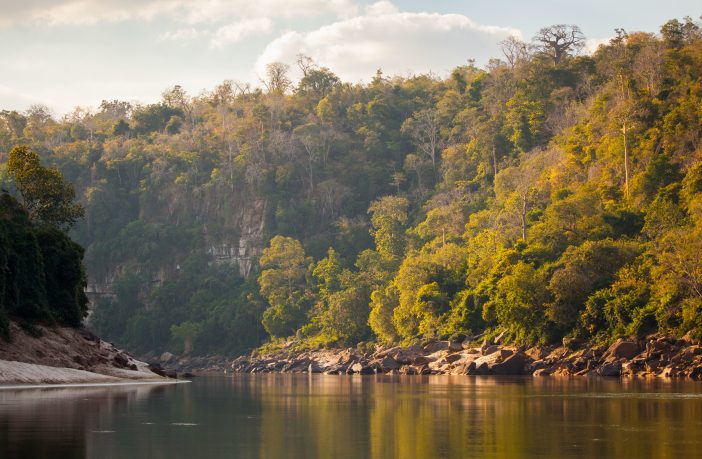- The Tanzanian Government is forging ahead with the development of the 2100MW Stiegler’s Gorge Hydropower project on the Rufiji River.
- Egyptian energy company Elsewedy Electric S.A.E along with an unspecified Arabian contracting partner has been appointed for the construction of the project.
- An advance payment totalling $309.645 million has been paid to the contractors to kick-start the construction of the project.
According to the local paper The Citizen, the advance payment forms part of 15% of the total cost of the project, furthermore, clause 14.2 of the signed contract stated that the 15% advancement payment has been portioned at 30% local and 70% foreign currency (US Dollar).
Permanent Secretary Ministry of Energy Dr Hamis Mwinyimvua elaborated: “What is being paid…is 70% foreign portion of the advance payment. The local portion (30%) will be settled once contractual processes are finalised by the contractor.”
The Citizen reports that on 15 April 2019, CRDB and UBA banks issued Advance Payment and Performance Guarantees to the Contractor-the joint venture of Arab Contractors and Elsewedy Electric S.A.E as per the project requirements.
“The issued guarantees triggered the next milestones of the project including settling of the advance payment by the client which is happening today,” said Dr Mwinyimvua.
The minister added: “I’m very confident that the advance payment settled today will enable the contractor now to fully mobilize and immediately begin implementation of the works as agreed.”
Earlier this year Tanzania’s National Environmental Management Council approved the construction of the planned 2,100MW hydroelectric dam and assured that it will not have adverse impact on the local ecology.
“We are determined to make sure that all water sources in Morogoro, Iringa, Dodoma, Njombe, Mbeya and Ruvuma regions are well protected and sustained,” said the director general of the Council, Dr Samuel Gwamaka.
The development of this hydropower project has been surrounded by a lot of criticism from various stakeholders because of its location close to the Selous Game Reserve.
However, addressing the concerns, President John Magufuli previously said: “After all, only 3.5% of the total area in the reserve will be used for hydro-electric power generation. However, wildlife will get enough drinking water compared to the past.”
Author: Babalwa Bungane
This article was originally published on ESI Africa and is republished with permission with minor editorial changes.















